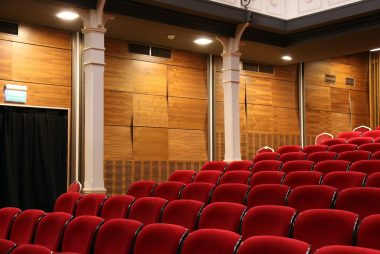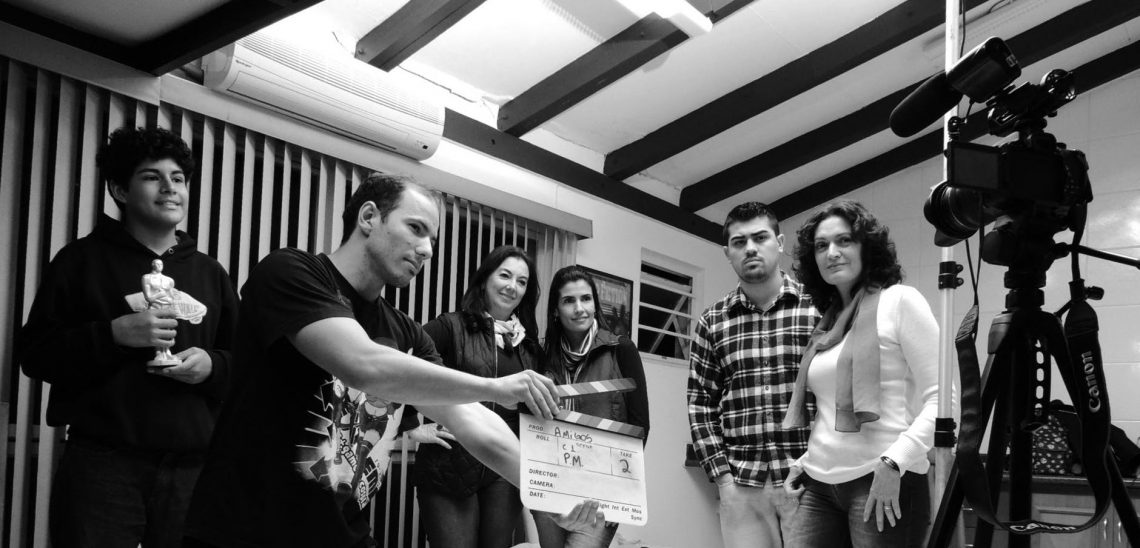A company event—in which your organization hosts guests, clients, or employees—may be a highly effective advertising tool. Among other advertising objectives, a work event can:
- Convince workers they work for a thrilling company;
- prove to clients you are an innovative firm;
- win favorable PR for your recently established product;
- shock and amazement your contest;
- indicate a change in corporate culture.
But, there are just a few marketing and advertising expenses which are riskier because let us face it, you will be spending a great deal of cash you can not afford to squander. Here are some tips to Make Sure your Main event Is a Significant success:
Employ a professional planner.
I’ve attended a lot of events in my area, Hobart, Tasmania which was proposed by the company’s internal marketing department (usually with the assistance of the employees in the luxury hotels all around Hobart in which the event is held at), and they have always been boring affairs.
Designing and executing a significant event involves juggling a multitude of logistical specifics and requires long expertise to deal with the inevitable challenges. It is not for amateurs.
As most luxury weddings in Hobart require beautiful wedding venues and professional wedding planners, luxury corporate events in the same area require professional event planners with a local venue that matches the occasion.
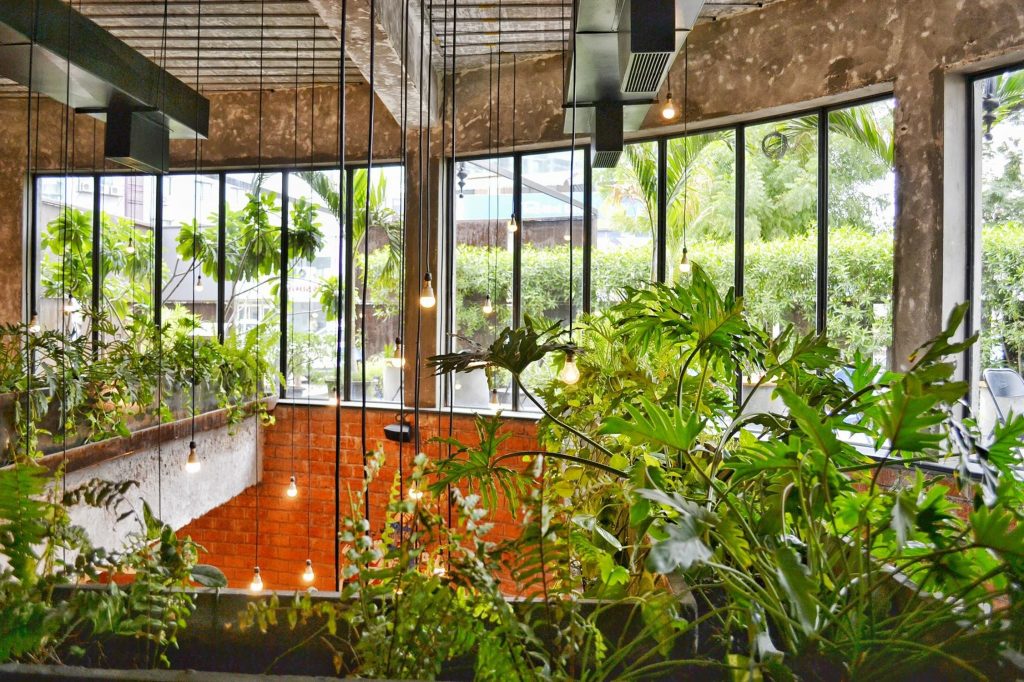
Have a certain aim in mind.
While there is probably worth to have a celebration just for the sake of it, in the event that you would like a bang for your dollar, you have to understand what type of bang you desire. Just like with anything in business, in case you do not have a destination, then you won’t be able to know whether you’re moving in the ideal direction.
By way of instance, among the very best corporate events I attended was a Star Wars-themed celebration thrown from the massive firm in the Melbourne Stadium. Besides a massive poster ranging the whole length of this venue, it’d actual robots mingling with the guests and two amazing bands.
Why did they hold the event? The firm wanted to indicate to its workers and the media which, far from becoming about green eye-shades, that the firm was tuned into pop culture–a significant feature in a town where a lot of the bookkeeping work requires the entertainment market. They had a target, and they attained it.
Decide on the ideal venue.
Venue choice is normally the very first, and easily the most important, a choice that has to be made. Virtually everything else — the food, the entertainment, the decorations, etc. — could be altered. As soon as you’re dedicated to a place, however, you are pretty much stuck, since, in the event that you attempt to change late in the match, odds are another appropriate places will be reserved. Challenges here include:
- An excessive amount of distance. If your event is surrounded by vacant space or your attendees do not fill the space you have got, an occasion looks and feels just like a failure. I attended a 500- man event in the Melbourne city conference centre. This was the only corporate event there that afternoon and has been sandwiched away from the far corner of a massive place.
- Too small distance. Conversely, if you do not have sufficient space, an occasion can feel cramped and claustrophobic. (See below, however, about enticing enough guests)
- Too much from transport. When it is a massive hassle for the place or hard to find parking once you arrive there, a fantastic part of your attendees can possibly opt to pass or just give up in the last moment.
- Too small installation time. Venues that operate occasions might not allow you adequate time to put up to your occasion.
Do not penny pinch.
Any occasion is far better than no occasion, right? Wrong, wrong, wrong. Just like most things in business, it takes money to do the work correctly. A badly planned or implemented event informs the world your organization is poor at planning and bad at implementation. A cheap or dull event informs the world that you are running out of cash or from thoughts.
I worked in a massive computer company that chose to scale down their yearly user event — that the”schmooze the client” kind of thing — since they had had a poor year. The clients who came instantly sensed the atmosphere of cost-saving desperation, which undoubtedly didn’t help the firm pull out of its tailspin.
It might have been better to just cancel the occasion (and think of a plausible motive) than toss a lackluster event that supported everybody’s suspicions.
Invite sufficient guests.
While an overcrowded event of any category is not a fantastic thing, it is a hell of a lot better compared to a badly attended one. The very last thing you need is for your visitors to believe nobody cared to attend. Aim to get “critical mass,” at which you will find marginally more guests in relation to the space that the place might easily hold.
Keep public speaking to a minimum.
Events can be compared to conferences. They are about entertaining and displaying; they are not about conveying information. For example, if you are an IT company holding an event with the aim of getting more business, do not turn the event purely into an IT consulting affair. It has to be soft-selling, with equal booths that provide entertainment as well as consultations. Also, if you have to say something in front of all your audience, make it short and sweet — a maximum of 3 speaking points.
Do something different.
When thinking about events, individuals have a fantastic memory on them. Should you replicate what you did last year, it informs people you’re too lazy and unimaginative to think of something fresh. You would like to surprise and exceed people’s expectations.
This doesn’t imply, however, that you will need to keep spending additional money. However, it will mean that if you’d a sci-fi motif this past year, you ought to be considering, say, a Bollywood theme in the coming year.
Possessing a WOW moment.
Event audiences are tough to impress. If you don’t think of a WOW idea, the event will be immediately forgotten. More to the point, science has indicated that only events which have this “WOW factor” really build new equity.
Because I could count on two fingers the number of times I have been really wowed in a corporate occasion, I asked for a few cases from Javier Velarde, executive producer for Triton Productions, a business which plans and implements high-end events for high technology and media companies. (Full disclosure: he is a former customer.)
Here are his tips:
- A surprise keynote speaker. We had the Navy Seal who fired the shots that killed Osama Bin Laden.
- A surprise actor. We had the rapper Pitbull perform in the after-party to get a Turner Broadcasting occasion.
- An army stunt. We have had F16s play a flyover for a tennis championship finals occasion. Even though this is occasionally performed on soccer occasions, it hadn’t been completed for a tennis occasion.
- A high tech stunt. We had a 3-D hologram of a CEO look on point. Likewise, to get a Turner occasion, we had the very best executive input the point by flying and rappelling within the crowd. Remember, if you are holding a high tech stunt you will need a capable IT services company to support it.
- Enjoy yourself.
Among the chief reasons for performing a comprehensive job of planning and using a team that can do the strategy is that, on the afternoon of this event, you are free to enjoy the celebration.
Cheers!





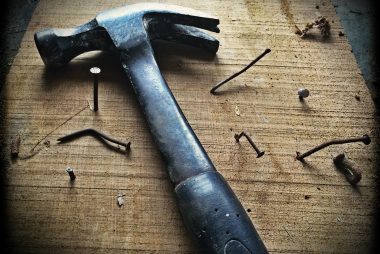






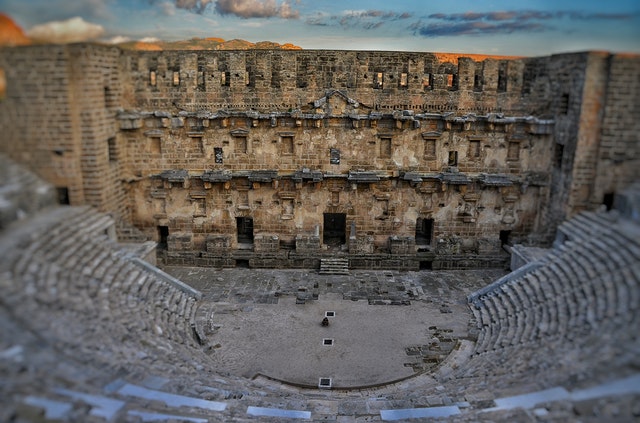 using a coated platform stage against a single side. The crowd stood or sat in coated galleries across the adjacent sides or at the open courtyard. Each of the performances took place in daylight.
using a coated platform stage against a single side. The crowd stood or sat in coated galleries across the adjacent sides or at the open courtyard. Each of the performances took place in daylight.

